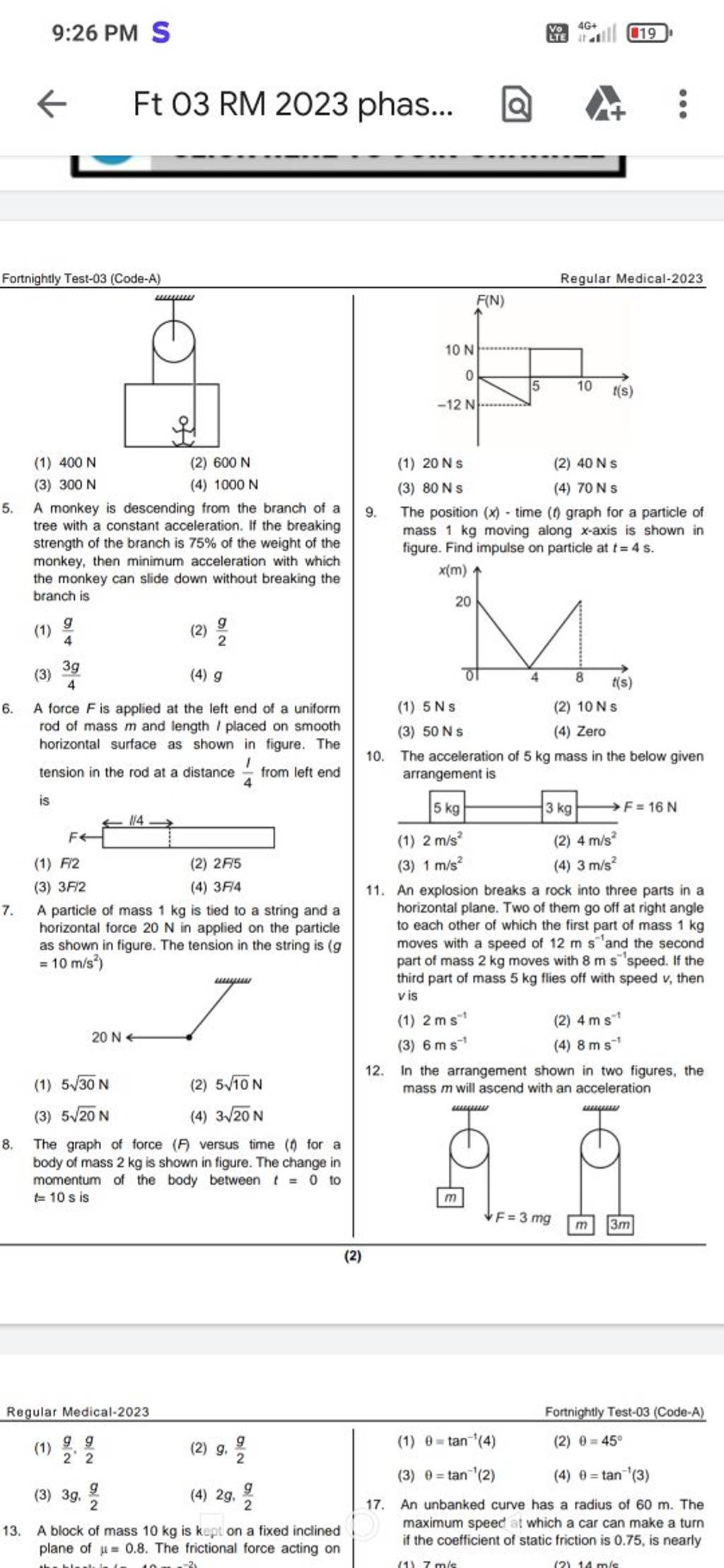What is the Acceleration of a 5 kg Mass?
Acceleration (a) is a vector quantity that measures the rate of change of velocity (v) over time (t). Velocity, itself a vector, describes both an object’s speed and its direction of motion. Therefore, acceleration can indicate a change in speed, a change in direction, or both simultaneously.
Mathematically, acceleration is expressed as the first derivative of velocity with respect to time, or as the second derivative of position (x) with respect to time. These relationships can be summarized as:
a = dv/dt
a = d2x/dt2
Newton’s Second Law: The Key to Acceleration
Sir Isaac Newton’s second law of motion establishes a fundamental connection between force (F), mass (m), and acceleration. According to the law, the acceleration of an object is directly proportional to the net force acting on the object and inversely proportional to its mass. This principle can be mathematically expressed as:
F = ma
This equation implies that the greater the force applied to an object, the greater its acceleration, and the greater the mass of the object, the smaller its acceleration for a given force.
Calculating Acceleration of a 5 kg Mass
Consider a 5 kg mass subject to a constant force of 10 N. Applying Newton’s second law, we can calculate the acceleration of the mass:
a = F/m
a = 10 N / 5 kg
a = 2 m/s2
Therefore, the acceleration of the 5 kg mass is 2 m/s2 in the direction of the applied force.

Image: askfilo.com
Factors Influencing Acceleration
The acceleration of an object is determined by several factors, including the net force acting on the object, the object’s mass, and the presence of external factors such as friction, air resistance, and gravity.
The net force is the vector sum of all forces acting on the object. The greater the net force, the greater the acceleration.
Mass is an intrinsic property of an object that measures its resistance to acceleration. The greater the mass of an object, the more difficult it is to accelerate.
External factors can also influence acceleration. For instance, friction opposes motion, reducing acceleration, while air resistance and gravity can either oppose or assist acceleration, depending on the object’s direction of motion.
Measuring Acceleration
Acceleration can be measured using various devices, such as accelerometers, which convert acceleration into an electrical signal, or motion capture systems, which record the position of an object over time, from which acceleration can be derived.
Units of acceleration are expressed in meters per second squared (m/s2). A value of 1 m/s2 indicates that an object’s velocity is changing at a rate of 1 meter per second every second.
Significance of Acceleration
Understanding acceleration is critical in various fields, including physics, engineering, and sports. It enables the prediction of an object’s motion, design of efficient machines, and optimization of athletic performance.
In the study of projectile motion, acceleration due to gravity is a crucial factor in determining the trajectory and range of the projectile.
Engineering applications of acceleration include optimizing acceleration and deceleration rates to ensure passenger comfort in vehicles, understanding the forces acting on aircraft during takeoff and landing, and designing centrifuges to separate materials.
In sports, knowledge of acceleration techniques and the forces involved helps athletes improve their performance in activities such as running, jumping, and throwing.
What Is The Acceleration Of 5 Kg Mass
Conclusion
Acceleration is a fundamental concept in physics that describes the change in an object’s motion over time. Understanding the factors influencing acceleration, its measurement, and its significance enables us to comprehend a wide range of natural phenomena and design solutions across diverse fields. From the motion of celestial bodies to the performance of athletes, acceleration plays a vital role in shaping our world. Further exploration of this concept through resources such as textbooks, scientific journals, and online simulations can enhance our understanding and appreciation of the captivating world of acceleration.

